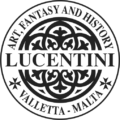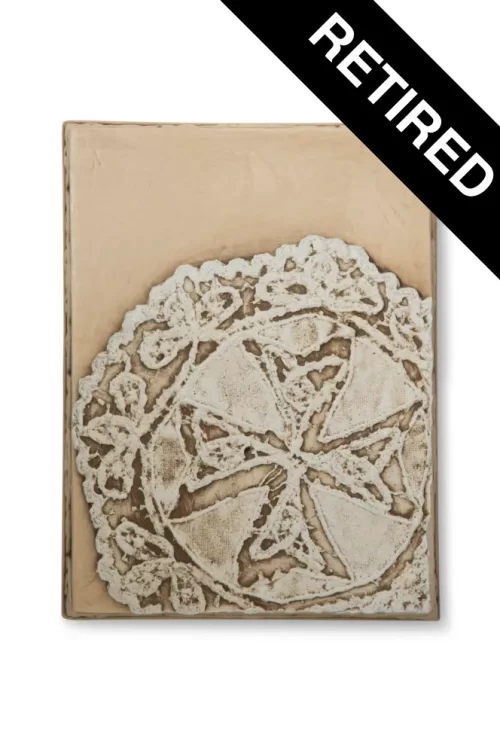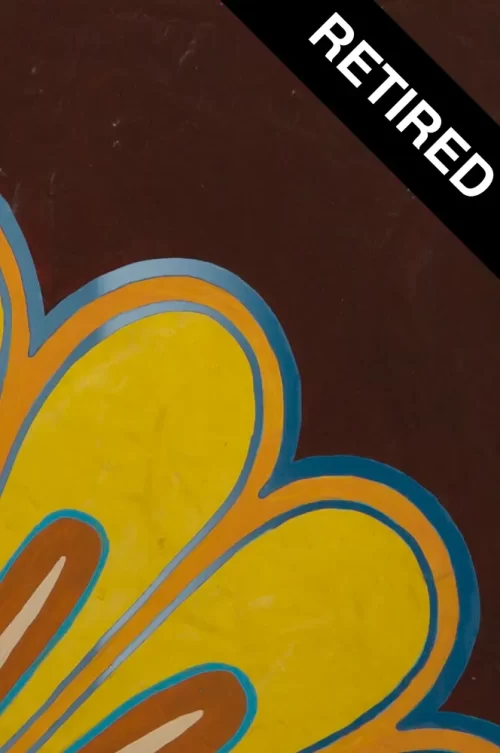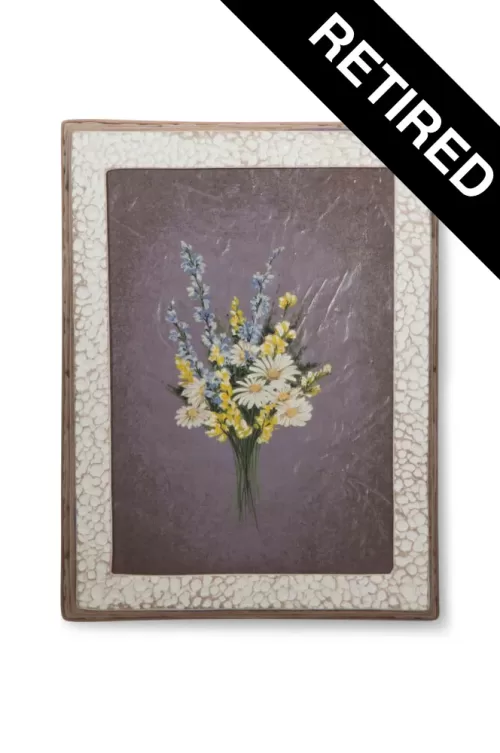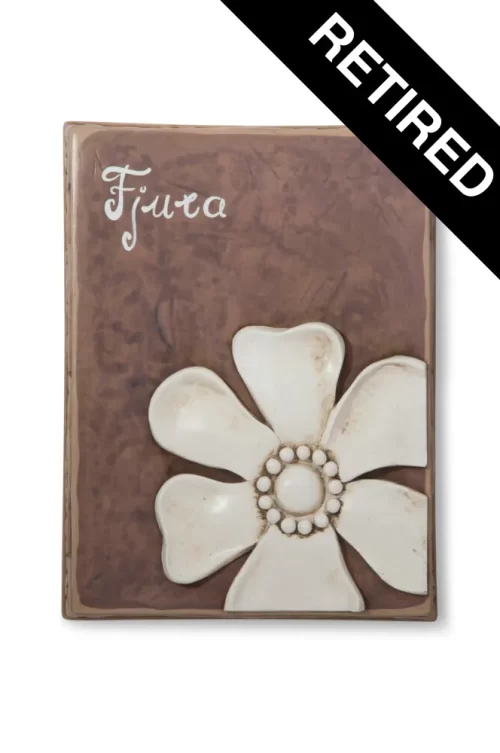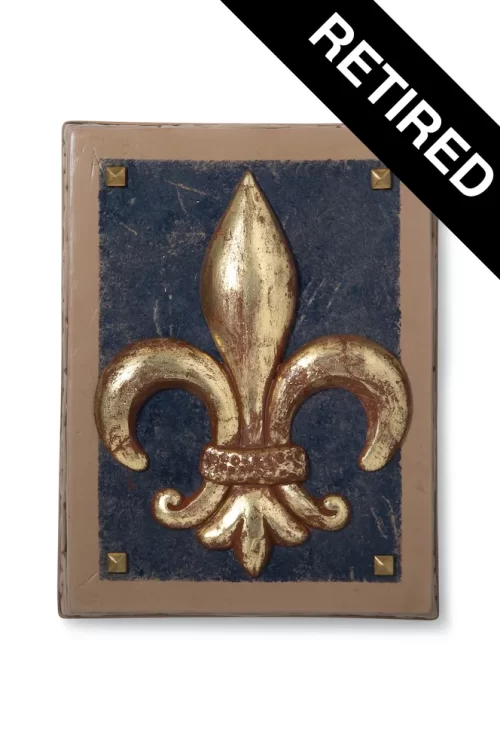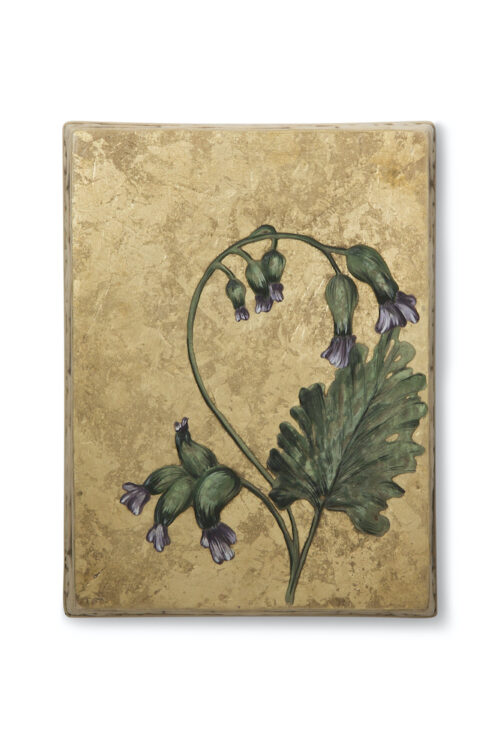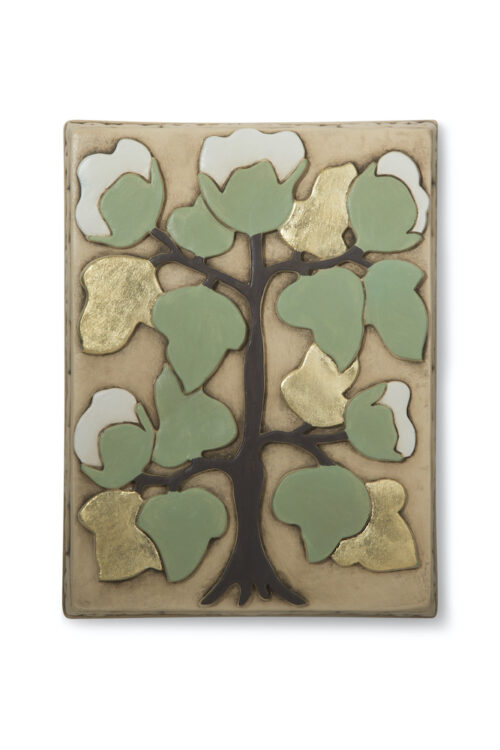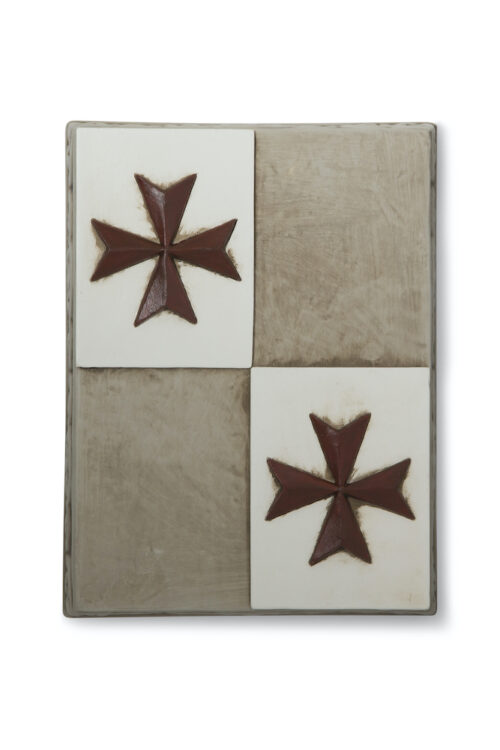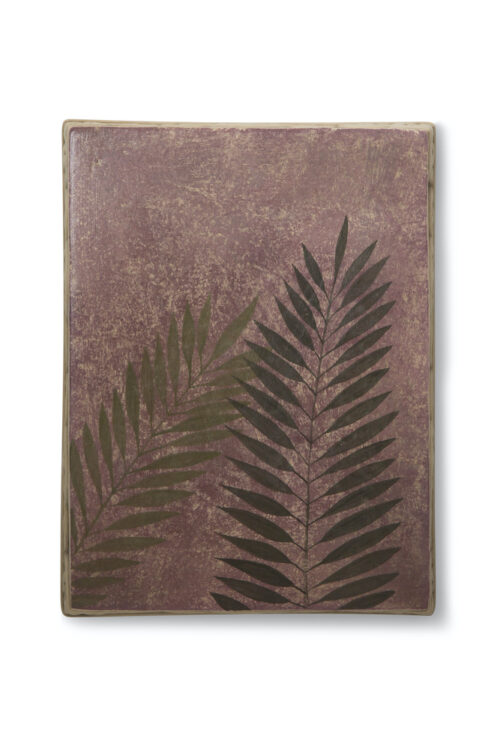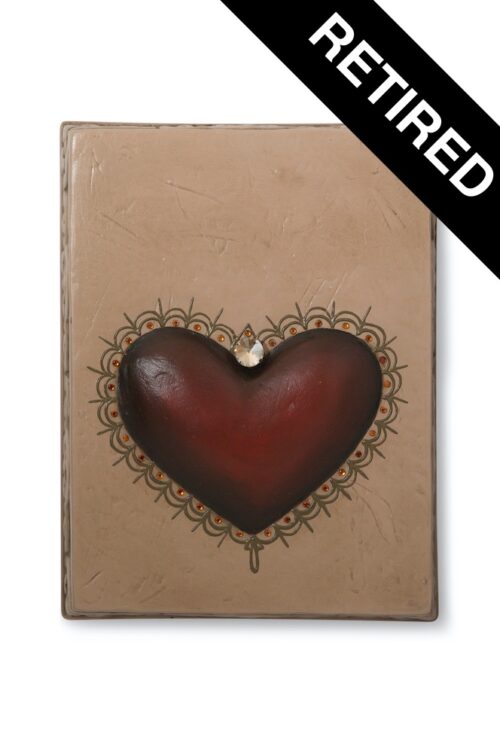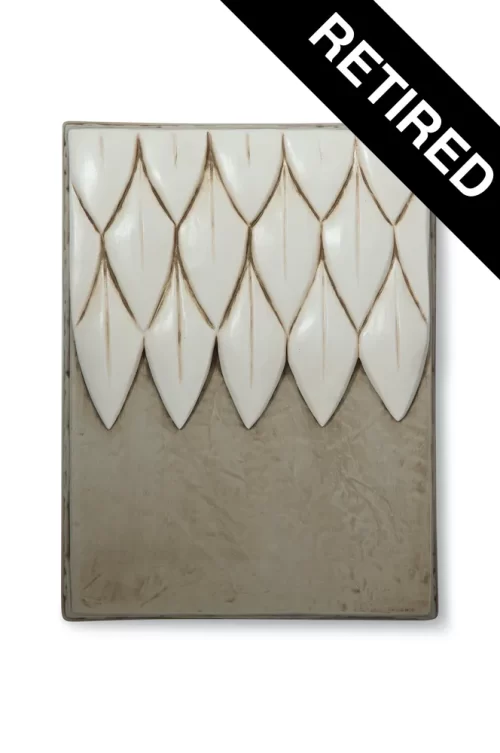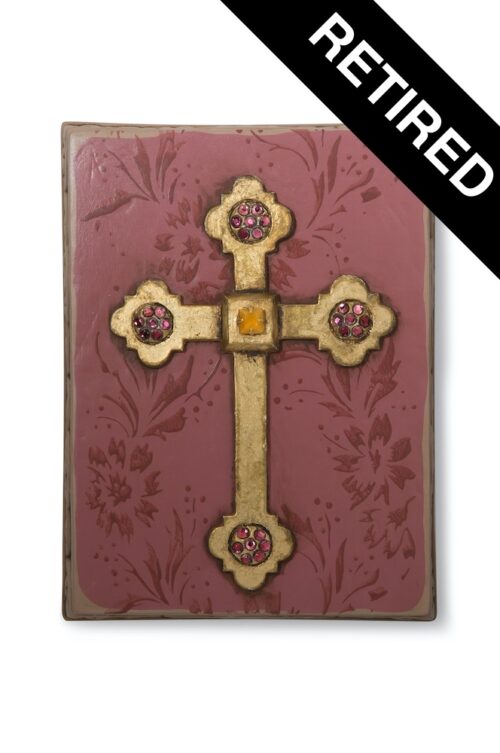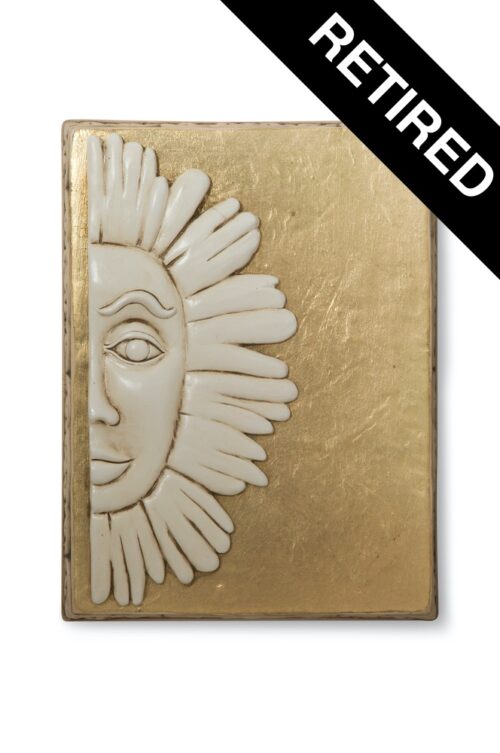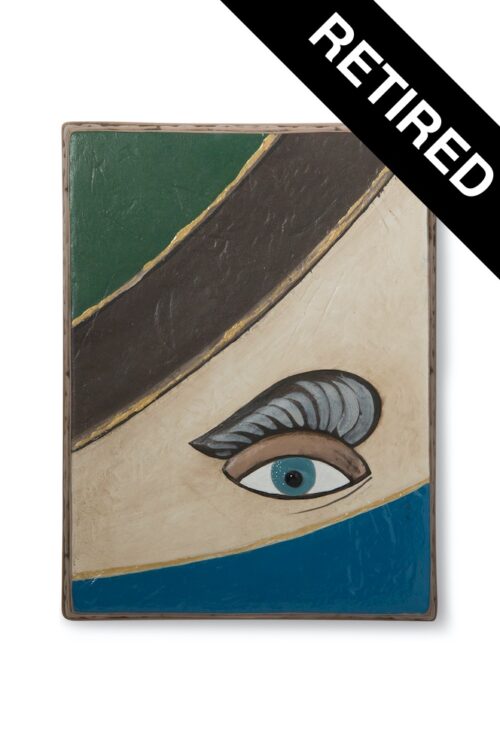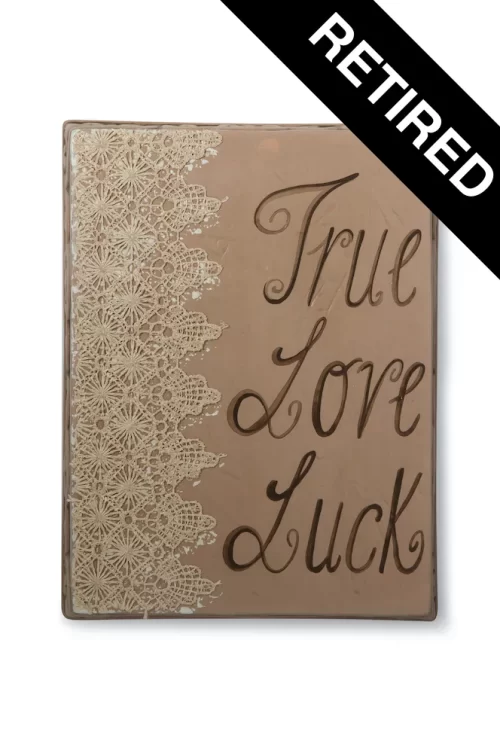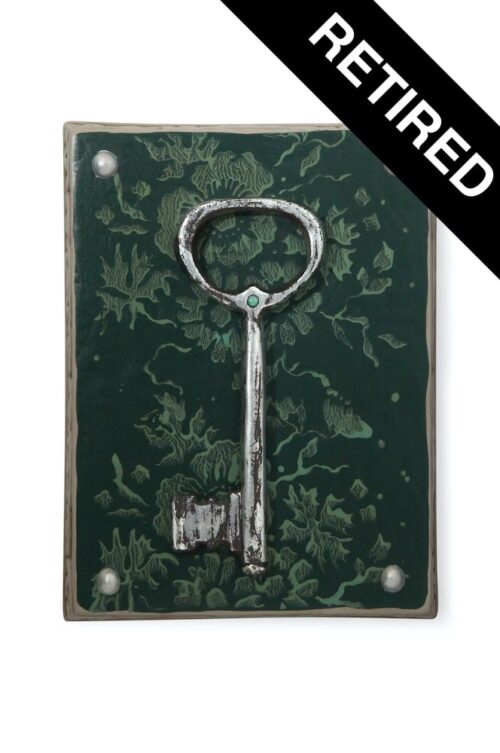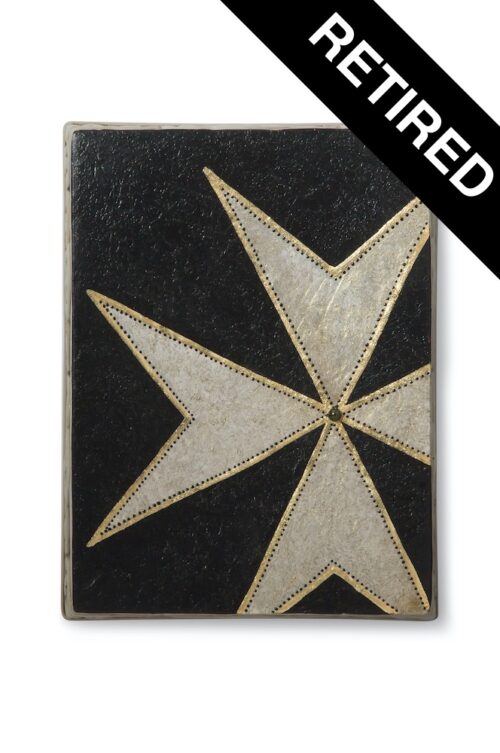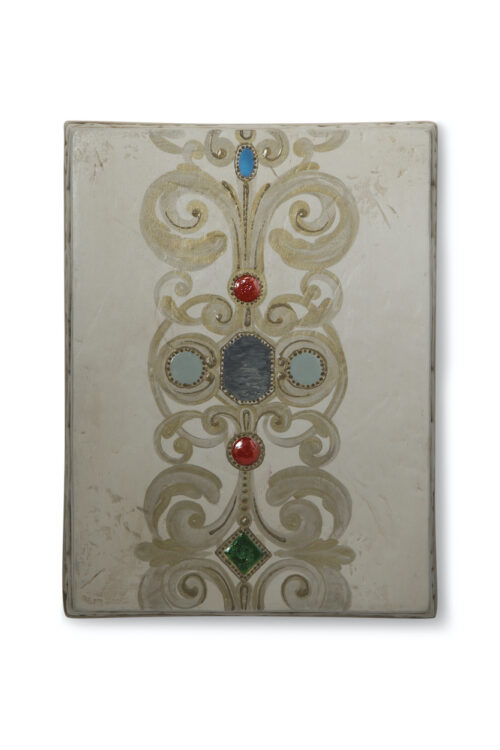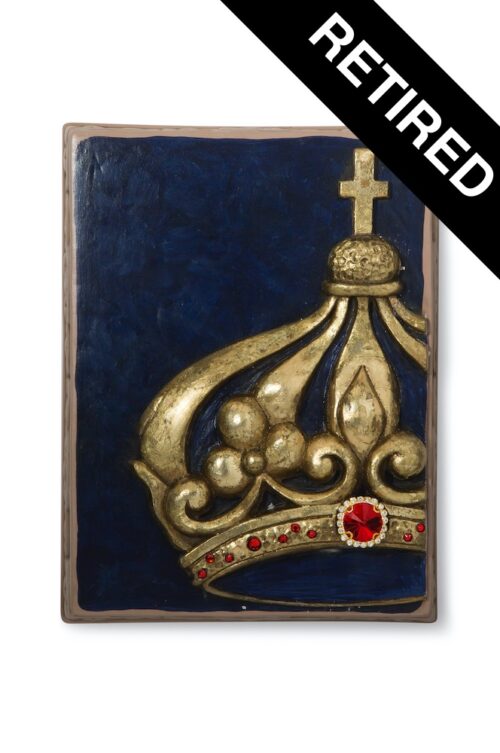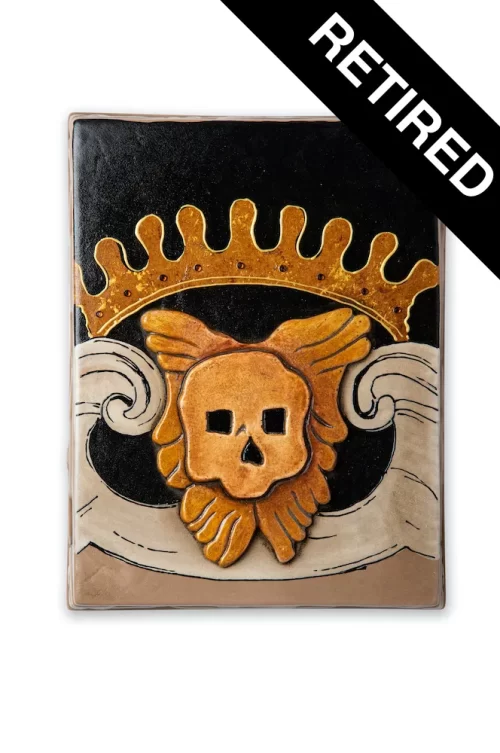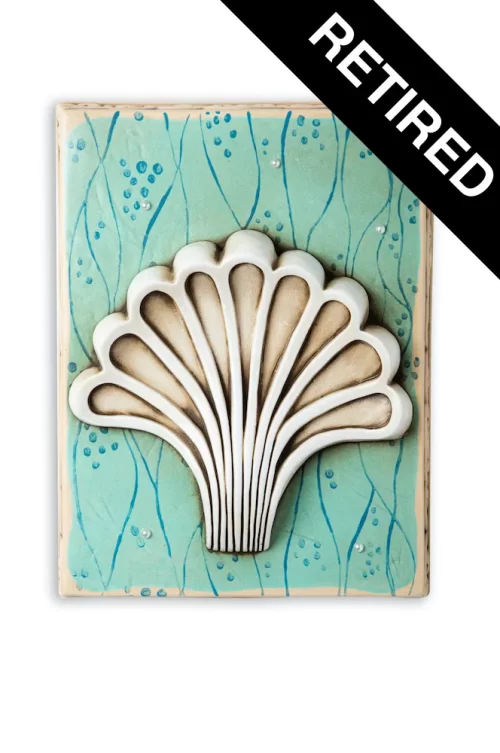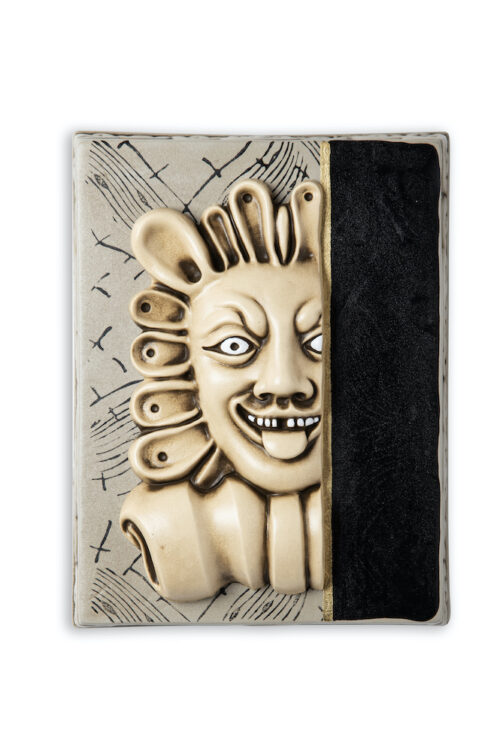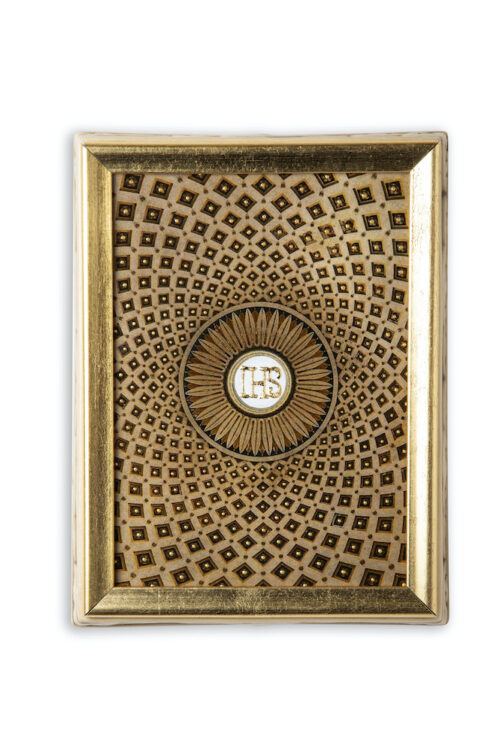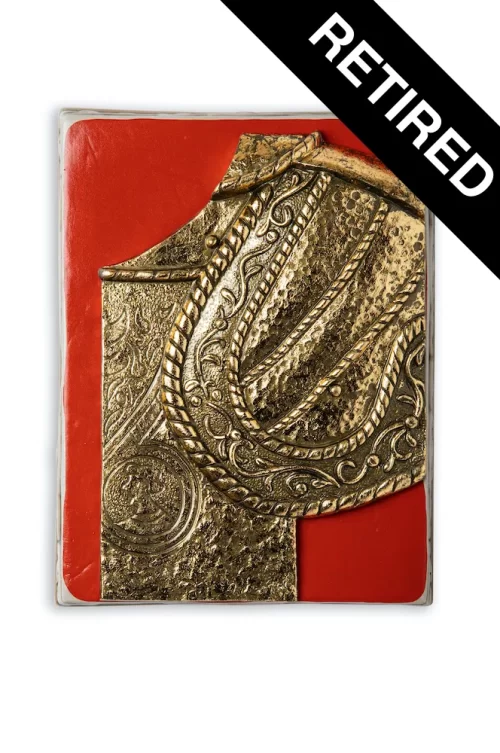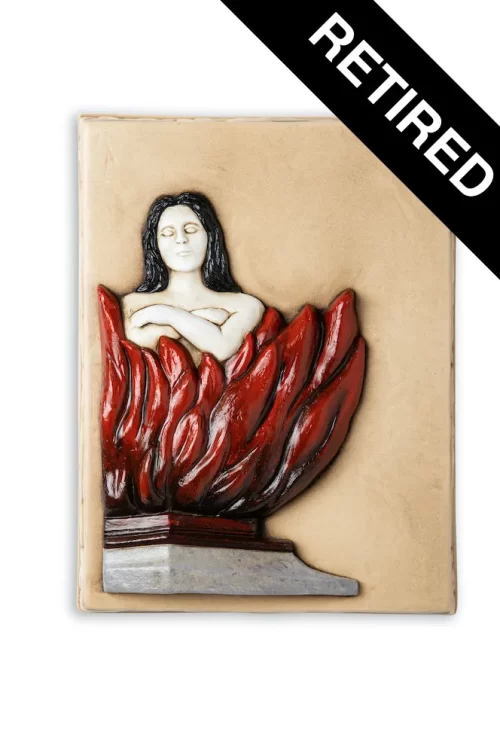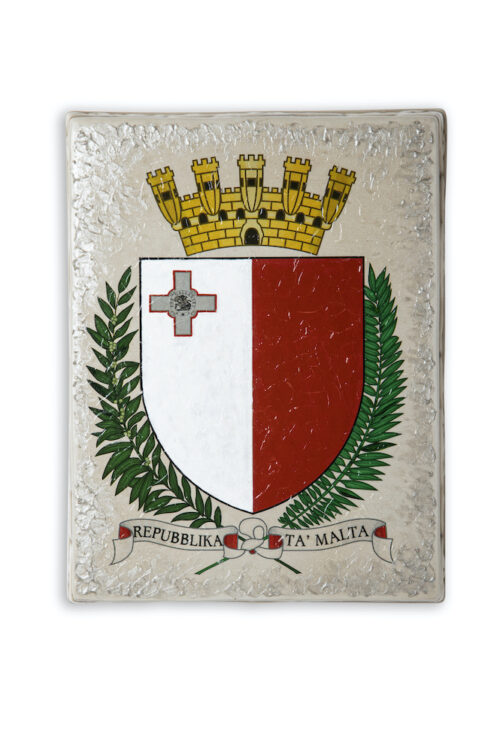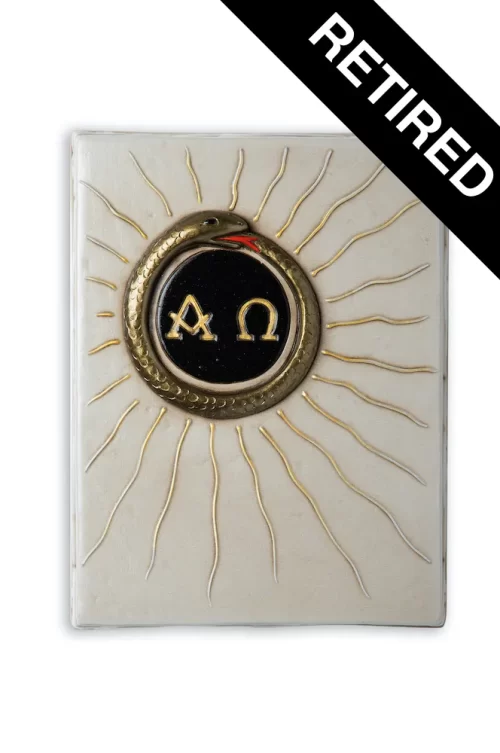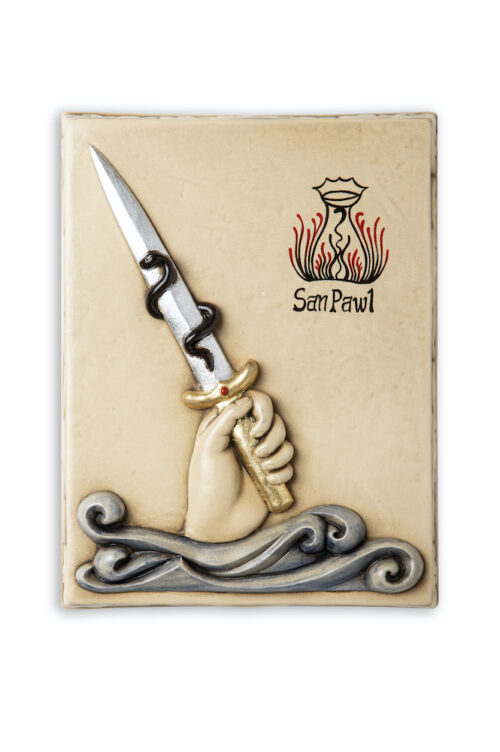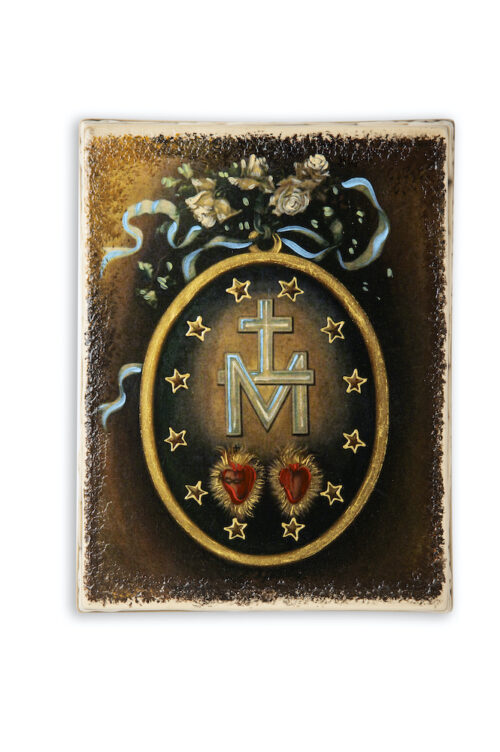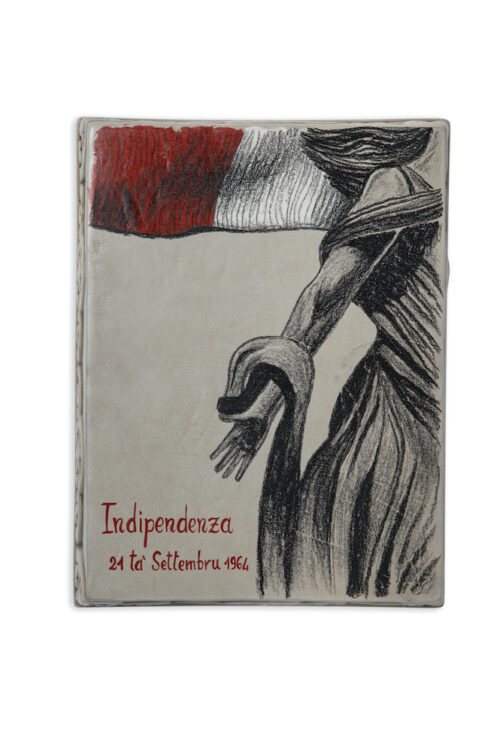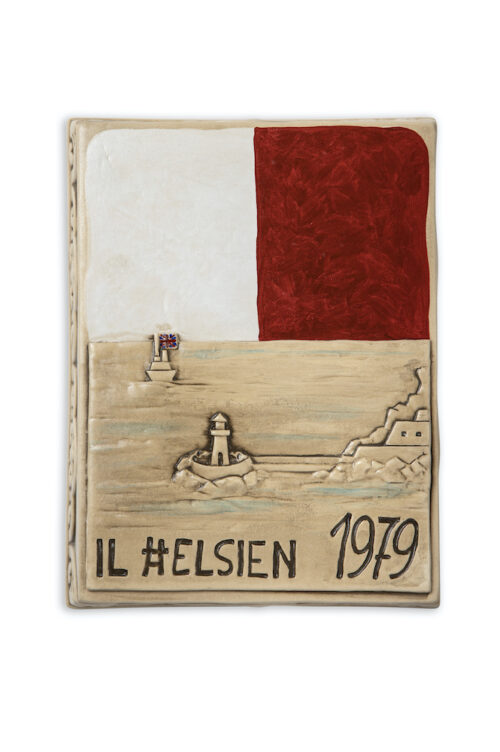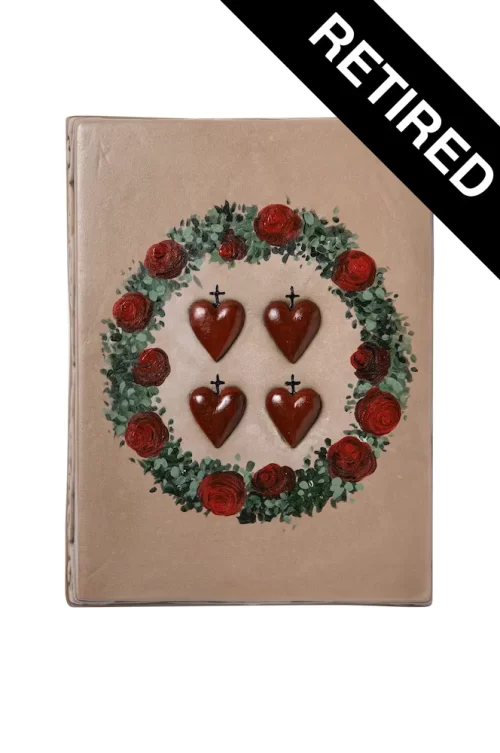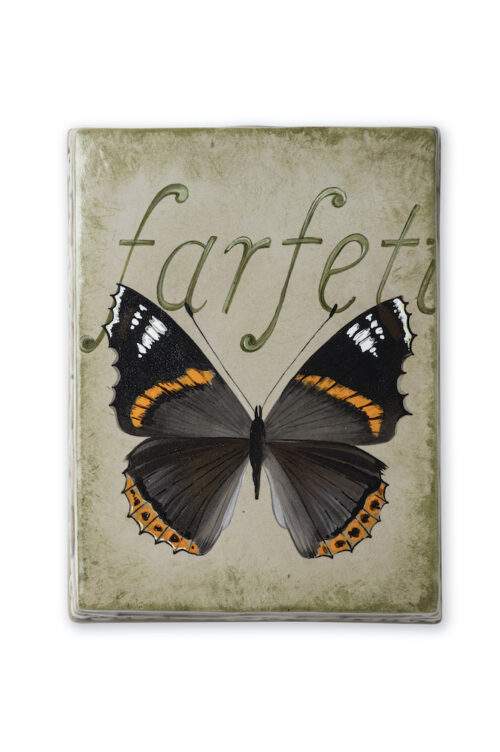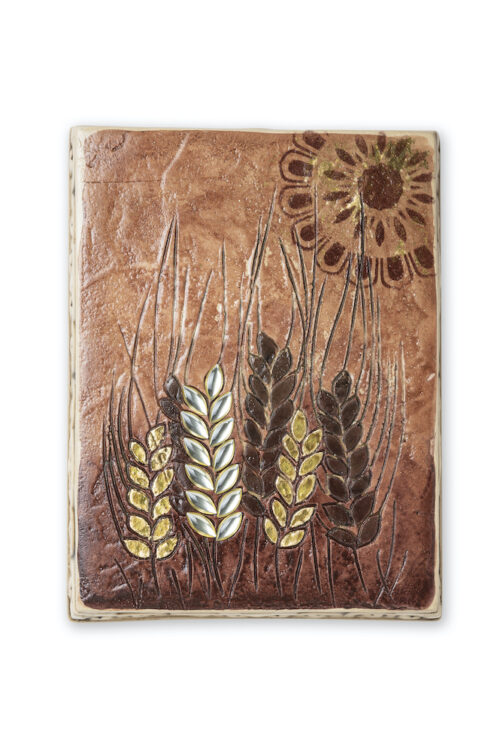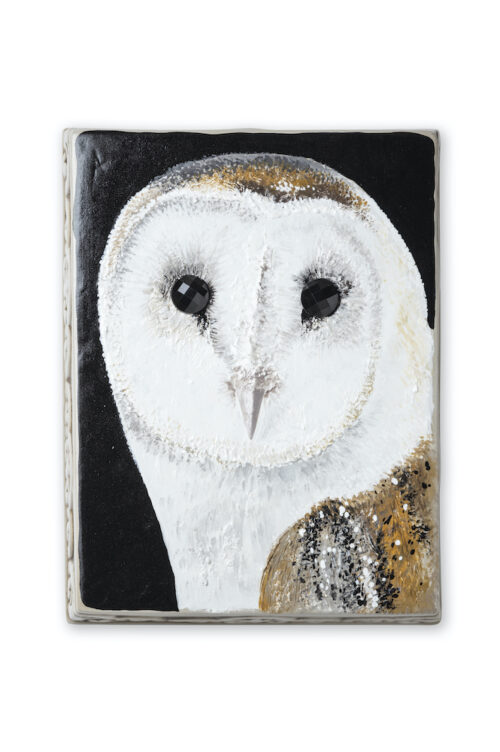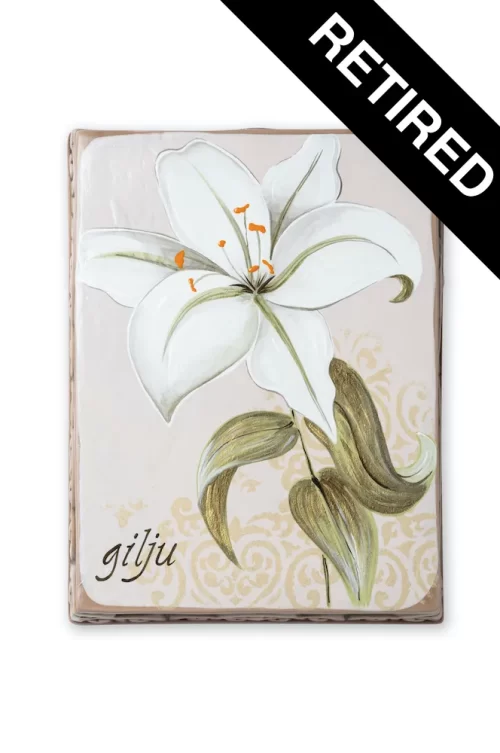-
Lace work – This is one of the old Maltese trades usually done by housewives. The work is very intriguing and requires a lot of patience and time. Used to decorate and embellish dining tables and furniture in general. “Bizzilla” is also used colloquially to indicate a well done job.
-
Fleur De Lye – is a stylized lily that is used as a decorative design or motif used extensively in religious, political, dynastic, artistic, emblematic, and symbolic. It’s a widely used symbol in many coat of arms of those that have governed Malta. A symbol vastly used in the Co-Cathedral of St John and many other religious and institutional buildings.
-
Lavatera cretica - It’s botanical name. It is widely found in the wild. The plant grows to a size of a small tree with dark green leaves and a beautiful pink/ velvety flower. In the Maltese poetry George Zammit had dedicated a poem for this particular plant.
-
The Cotton – This particular design of the cotton is carved on the wall in one of the side altars at the Cathedral of St John. The cotton had a very strong commercial value at the times of the Knights. It was considered as wealth and good fortune being the raw material to manufacture sails for the ships at that time.
-
The Knights of St John – The order was founded in 1099 and still active till today. The Knights have built Valletta and managed to win over the Ottoman Empire in the great Seige of 1565 with the help of the brave Maltese.
-
The Key – Symbolises the tool to open/close doors, solve problems, open ways, open hearts and is also the symbol given to important people ( religious mostly ) that have the key to open the heavens. It is above all the old Maltese word for Key.
-
Maltese Cross – Dedicated to Knights of St John that governed Malta between 1530 up to 1798. The eight pointed Cross has a purpose and a meaning. The eight countries from where the Nights of St John originated and the eight beatitudes which Jesus expressed as per the gospel of Matthew.
-
Il-Kurazza is the Maltese name for the metal armour for the upper body of a Knight. Here we are recreating the Kurazza protecting the Knight on the left-hand side and hence protecting also his heart.
-
In general, this sculpture is found along roadsides here in Malta and in the front of Cemeteries. This was done on purpose to remind people passing by to spare a prayer for the soles in purgatory.
-
The Maltese National Coat of Arms for The Republic of Malta – 13thDecember 1974
-
The α and Ω have long been a symbol of the circle of life. This depiction is very common in Baroque paintings. Good to note that this design is painted on the alfresco in the Crypt of the Cathedral of St. John in Valletta.
-
Independence day – 21st September 1964 - is one of the five national holidays in Malta. It celebrates the day the country gained independence from the United Kingdom.
-
Freedom day – 31st March 1979 – One of the 5 National Holidays. Freedom Day for Malta came at a high cost where a lot of lives were lost. It is good to note that Il- Helsien for Malta brought for the first time in History full freedom and self-Governance to the Islands.
-
The Butterfly – This is one of the butterflies present in the Maltese countryside especially during Spring. Farfett is also used metaphorically to describe a very agile person.
-
This is an indigenous and protected type of Owl that is still found in the Maltese country side. A symbol of wisdom like in many other cultures.
